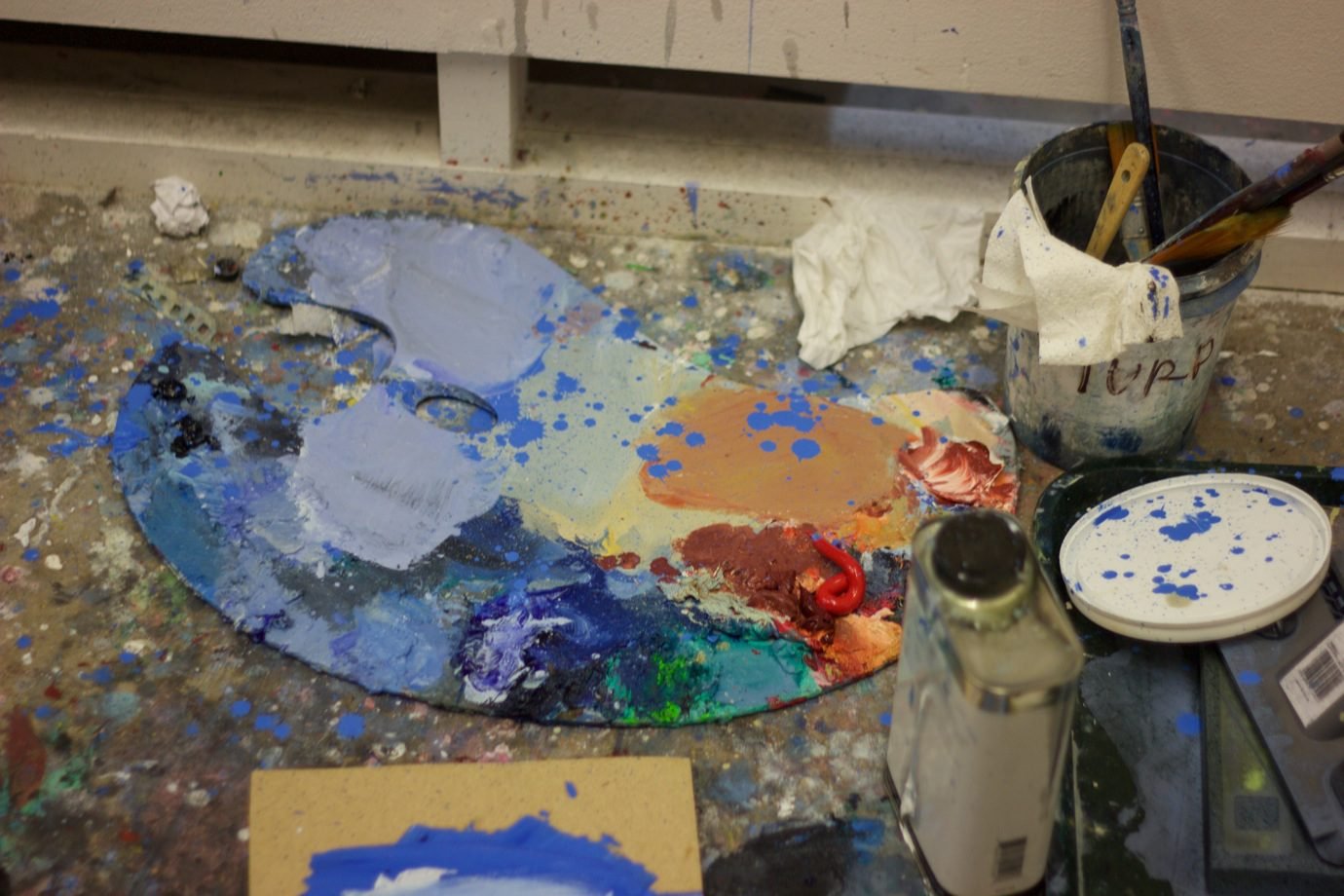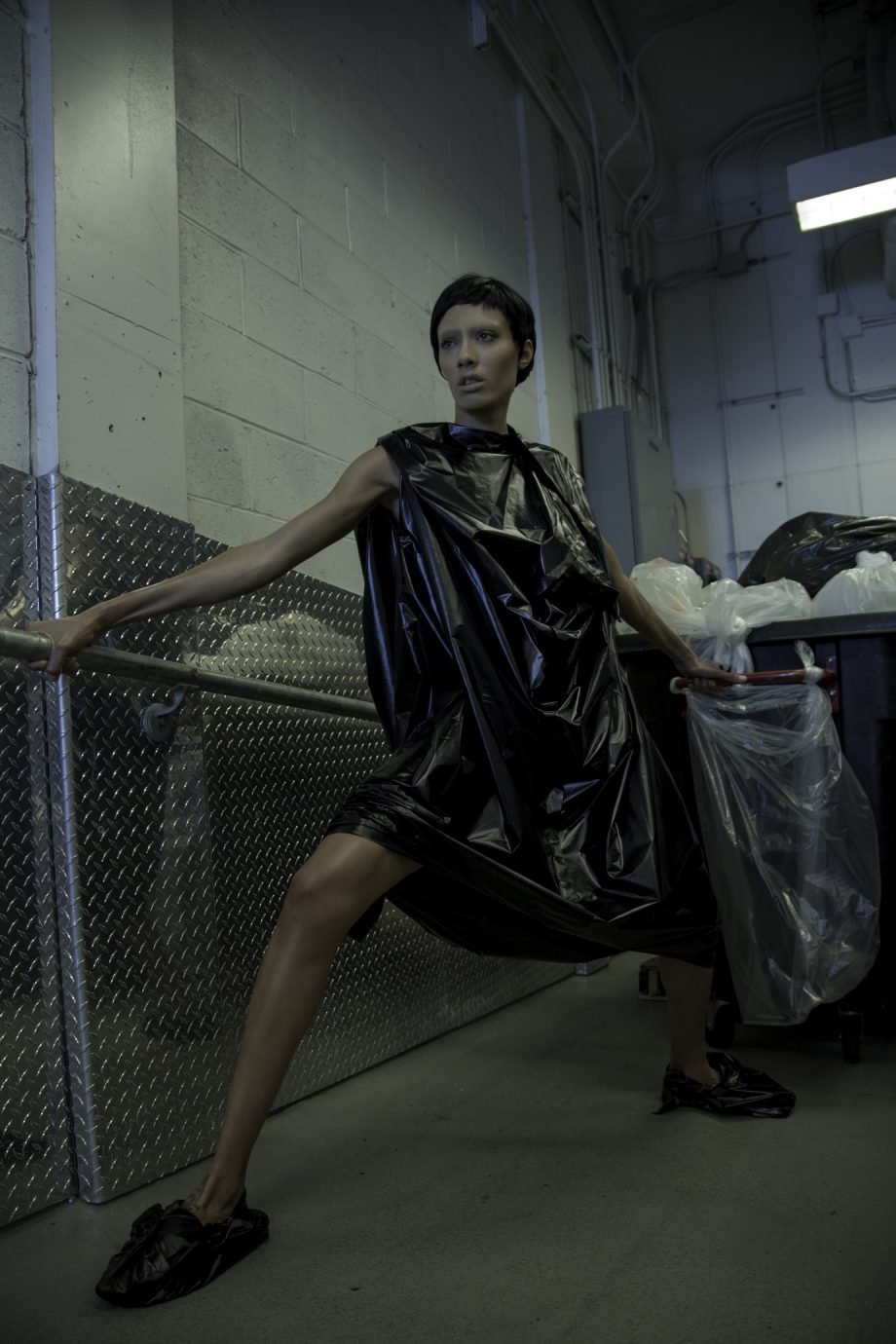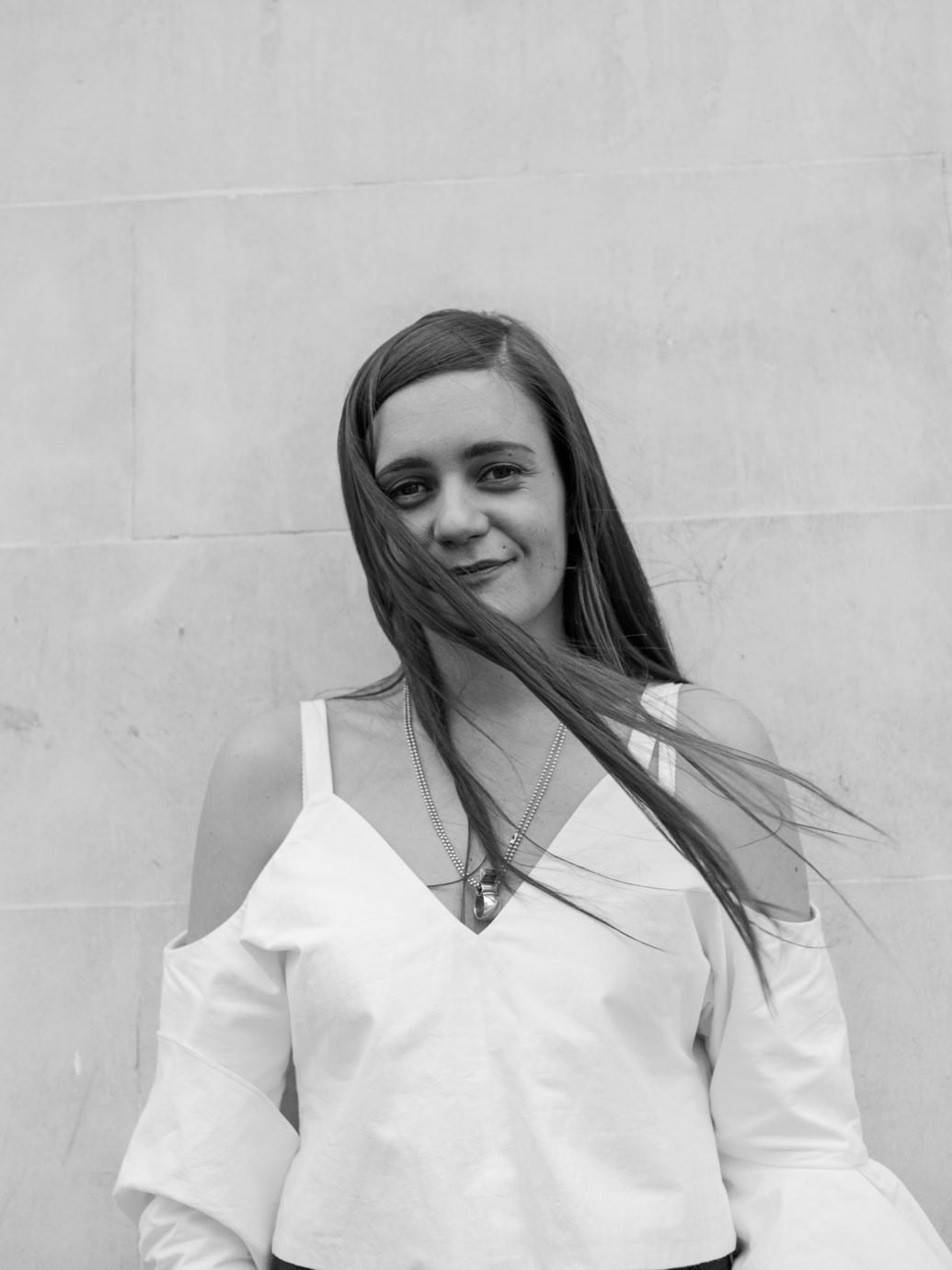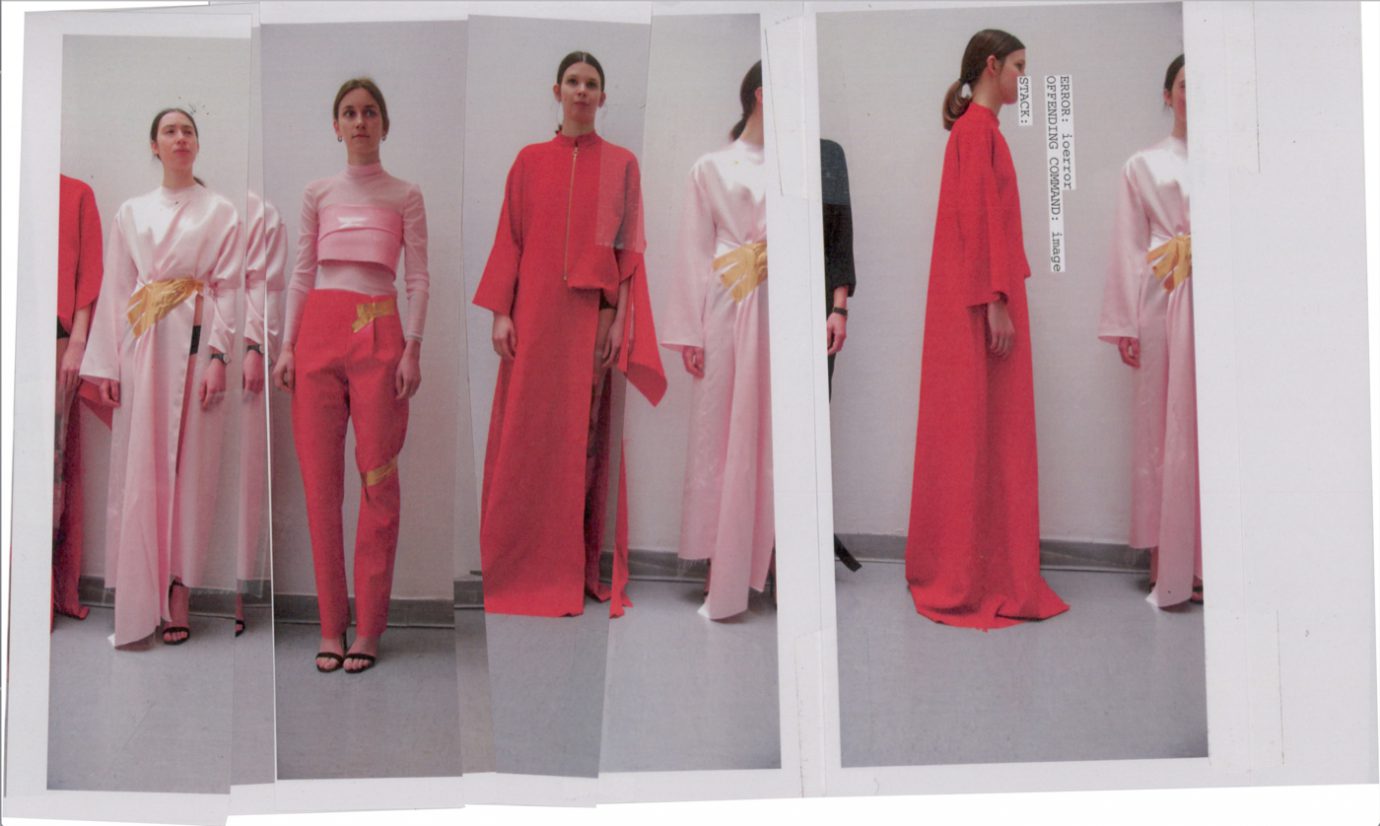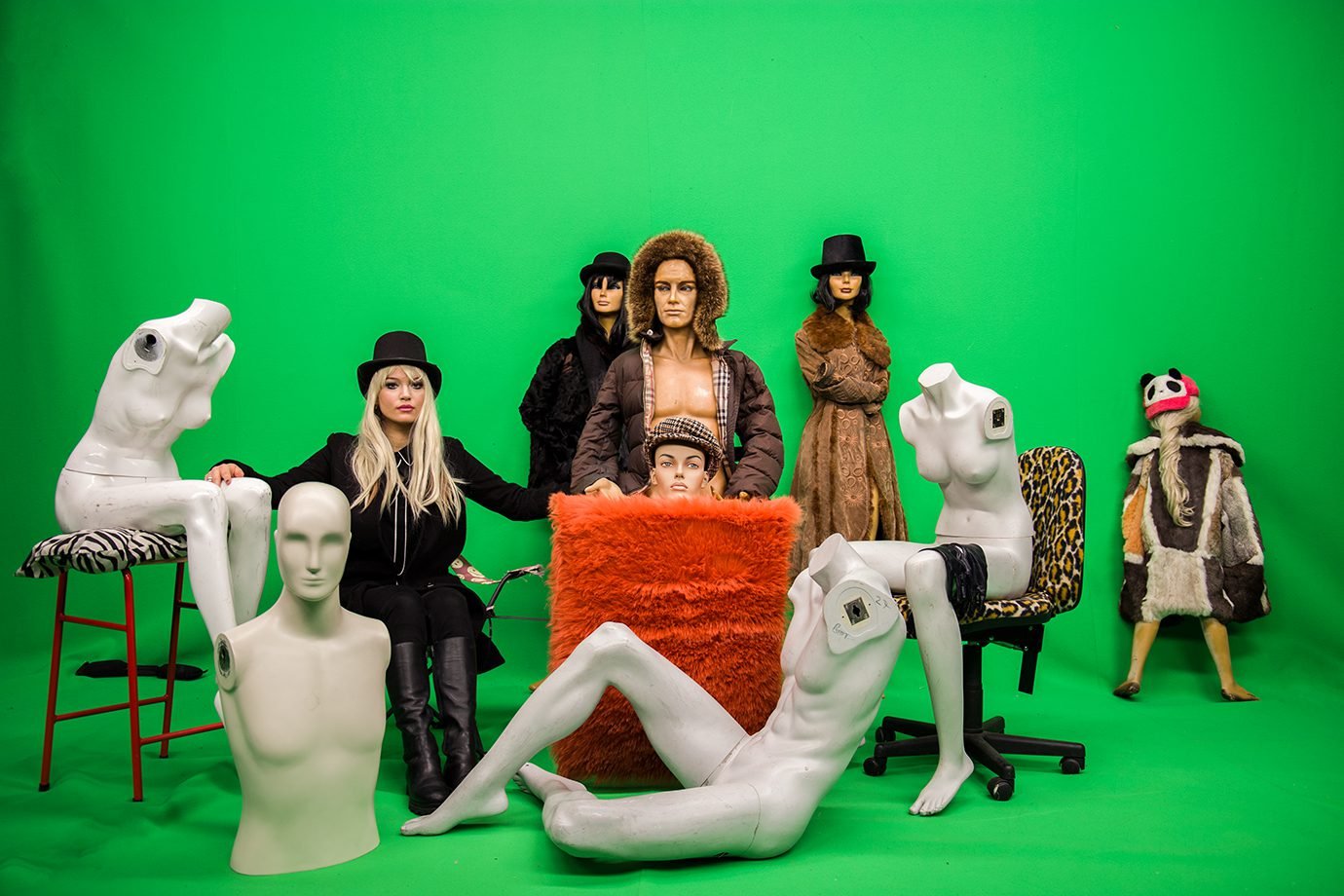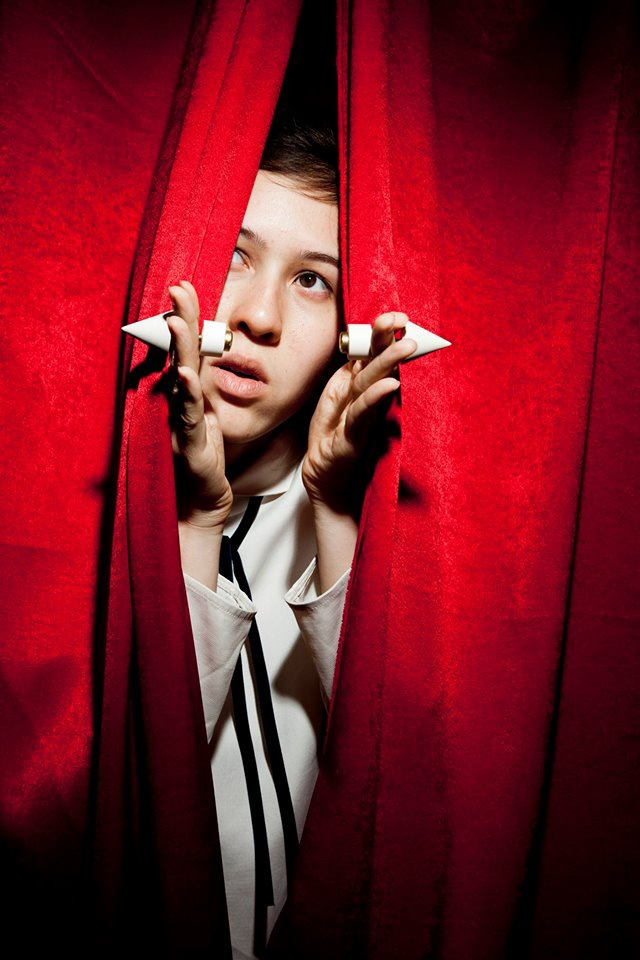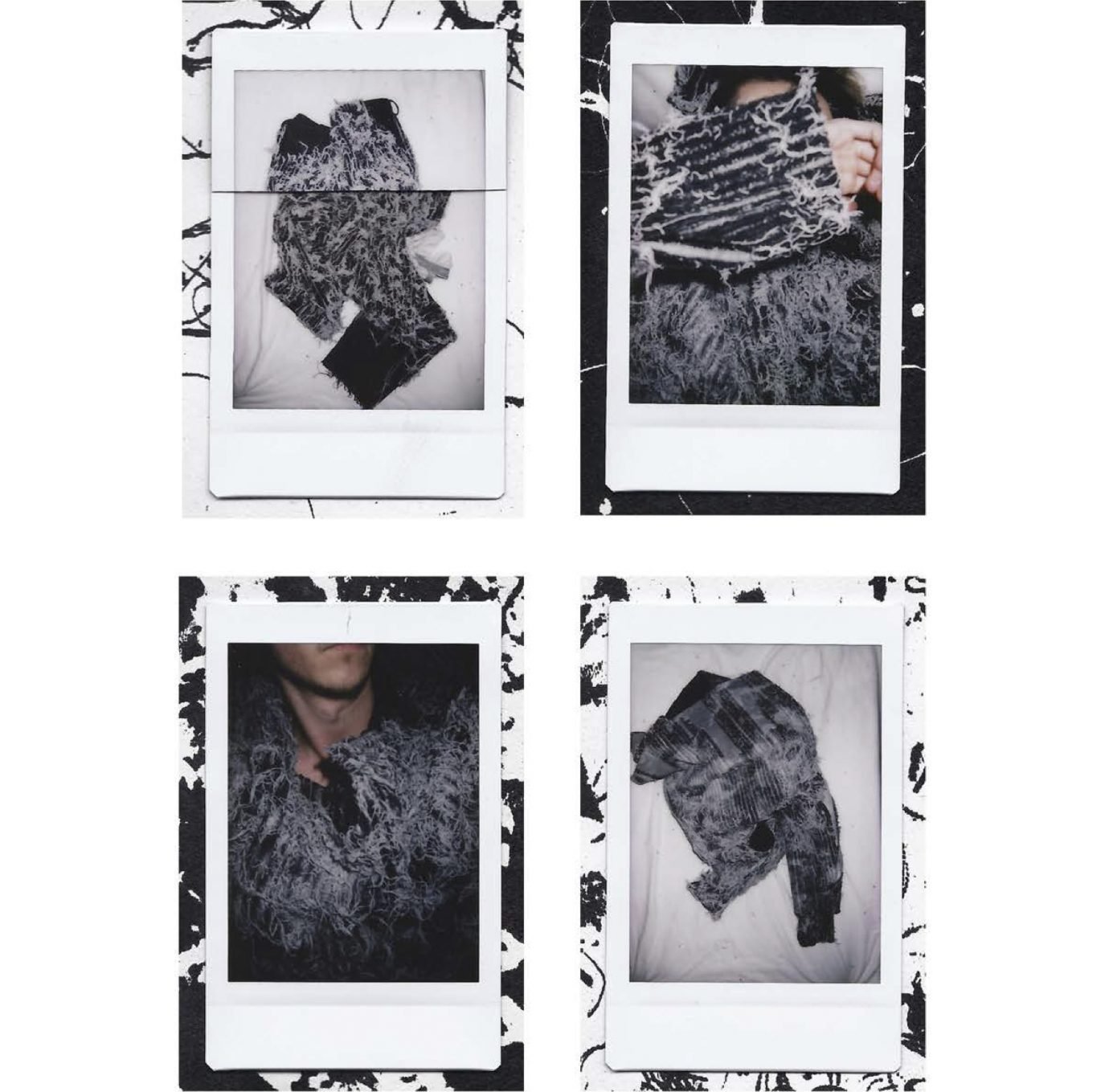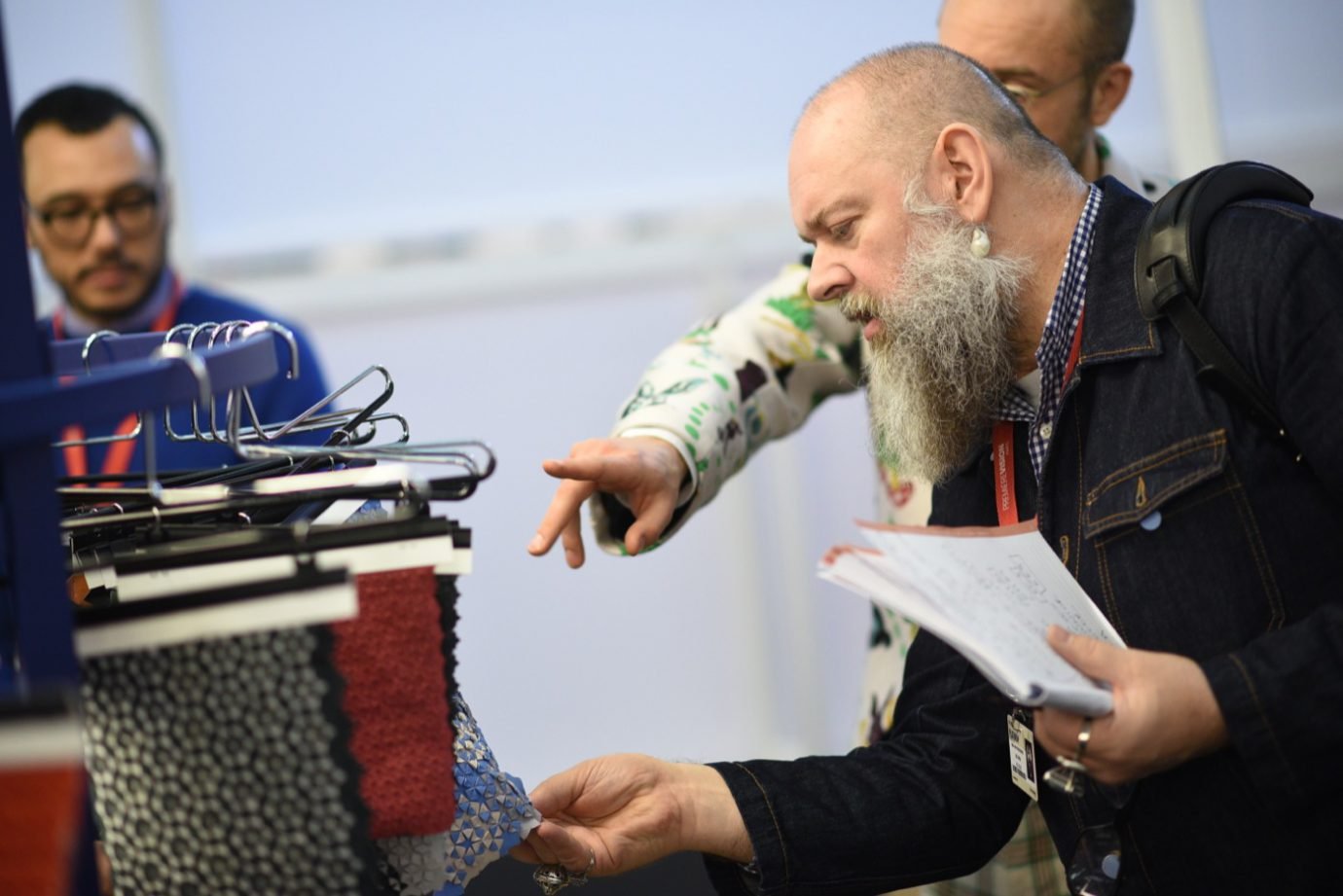“I WANTED TO MAKE IT FEEL LIKE YOU WERE JUMPING INTO A POOL.”
While an agreement could never truly be reached on the art world’s most important hue — every colour has had its moment in time — blue presents a strong case for itself as ultimately having one of the most complex and striking histories. Blue invokes a meditative, spiritual state. It is a colour associated with the elements and divinity for its relationship to water and sky — hence its apt coupling with the word ‘sacred’ — as well as being a pigment that is difficult to find in nature. Nowadays blue remains antithetical to nature as the colour of the digital void: chromakey, a blank desktop, the blue screen of death — indeed, this describes the well known technological phenomenon, but it’s also a phrase which relates beautifully to Derek Jarman’s final film, made as his health was deteriorating from AIDS, ‘Blue’. In Camille Henrot’s ‘The Pale Fox’, where the artist explores the history of humankind and our universe, the entire space of the Chisenhale Gallery was painted and carpeted in rich ultramarine; in the beginning there was blue, and in the end there will be blue. Empty space and absence are sensations conventionally related to black or white, which themselves are either devoid of, or dense with colour, depending on how you choose to look at them. Blue is the colour in the spectrum which has this same effect, and in fact technically and psychologically exceeds black and white in doing so.
For instance, in Antoine Langénieux-Villard’s diptych for ‘Sacred Blue’, in one painting the poured white emulsion sits weightily atop its linen support, while the viewer seems to lose themselves into the great blue splash of the other. This sensation is not a coincidence, or exclusive to this work — optically, blue has the effect of receding next to absolutely any other colour. The feeling is only enhanced by its immersive scale. “I wanted to make it feel like you were jumping into a pool,” says Antoine. Speaking about his practice, he says, “My work is questioning the surface of paint though different tools and physical manipulation. The paint creates its own territory. It’s a simple narration of the act of painting.” Although Antoine is, without a doubt, first and foremost a painter, I ask him about whether he sees his work in any way as photographic. Giorgio Agamben talks about the photograph in relation to a “Judgement Day” — like a religious notion of the end of time — where successful photography captures traces of simple acts performed over time, and as such defines the truest essence of our time on Earth. When I question him on this, he smiles and says, “I never thought about it that way. But it’s a trace of time, and kind of photographic because it captures an instant. A frozen moment. I like that — especially because I think these paintings are cold.”

